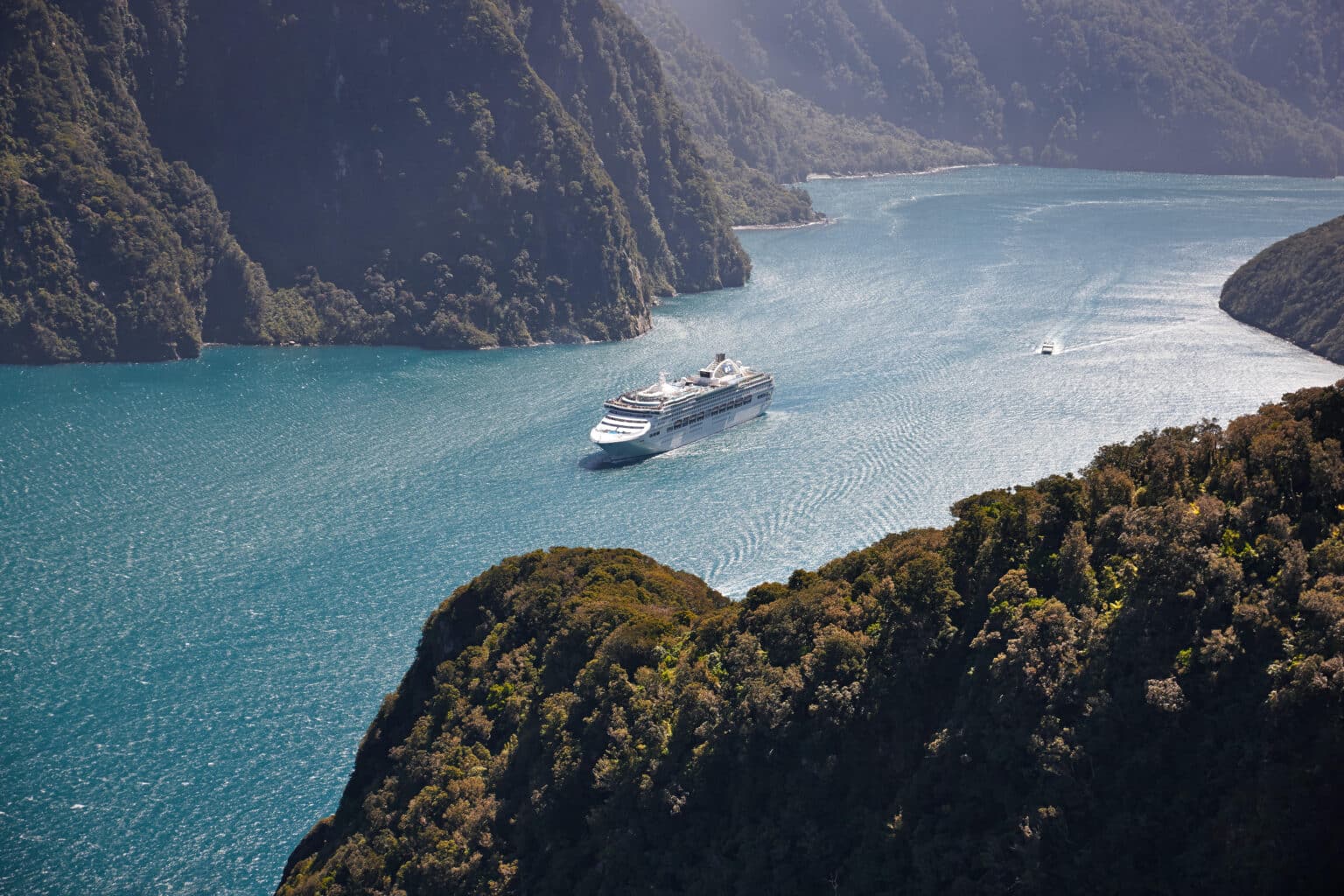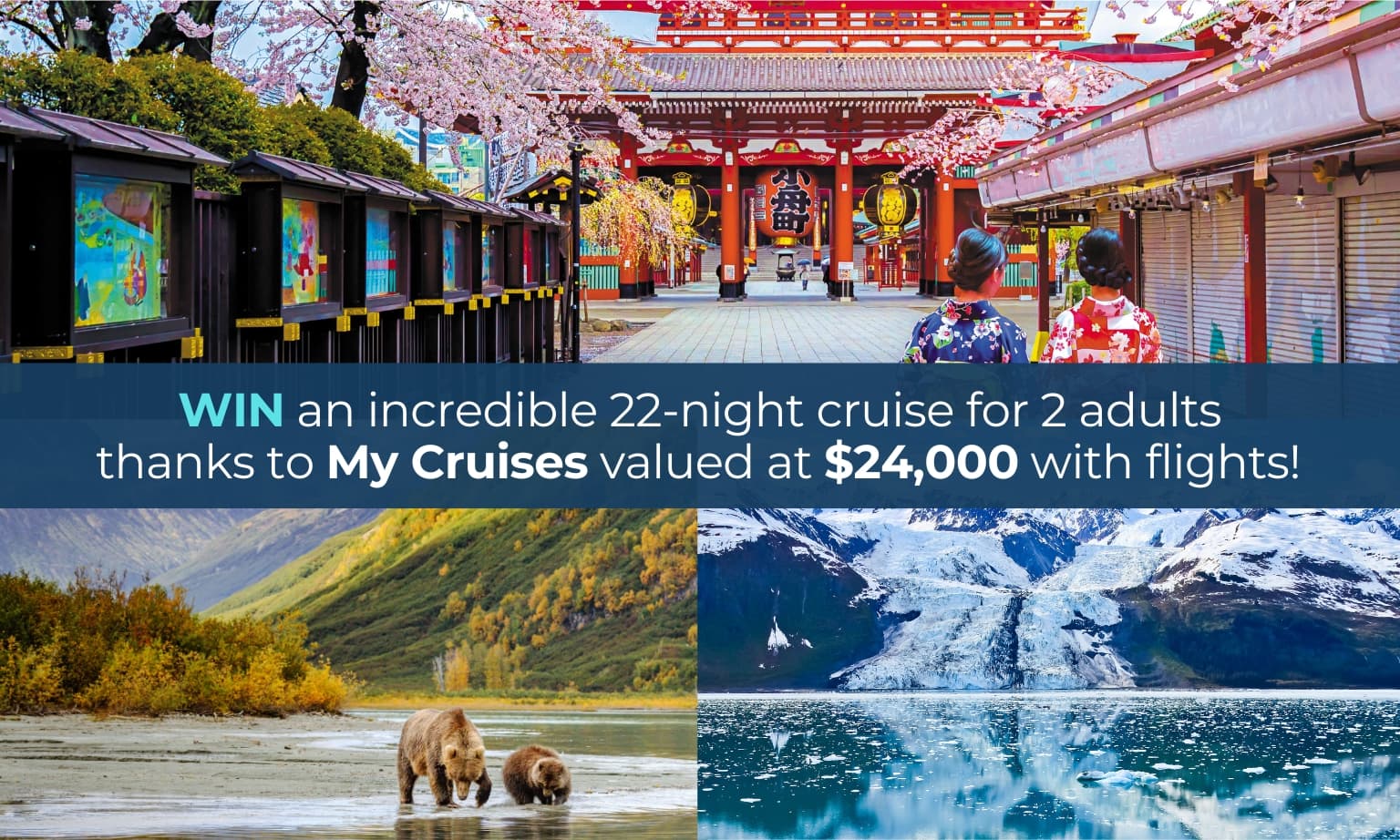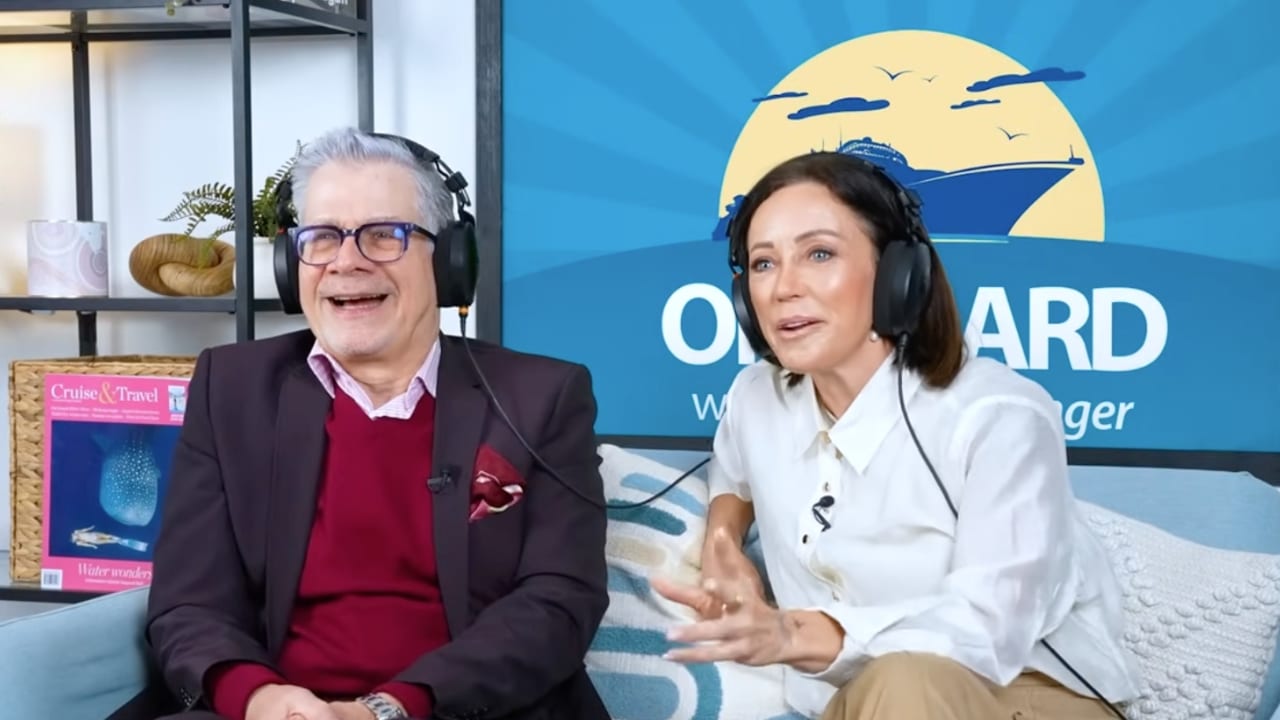Leading industry figures including the CEO of CLIA Australasia, the CEO of the New Zealand Cruise Association and the head of the Australian Cruise Association, have all sounded the same warning – New Zealand cruise is in trouble.
Essentially, the regulatory costs of cruising in New Zealand are bleeding cruise lines. And it isn’t even clear who has the responsibility or power to do anything about it.
Over recent months, two significant new costs have been introduced. An 88% in the customs processing price for cruise passengers only has been proposed and is awaiting approval, and New Zealand’s international visitor levy has tripled to $100 per person.
Joel Katz, Managing Director at Cruise Lines International Association Australasia & Asia says he believes this could be the straw that breaks the camels back.
New Zealand is at a crucial juncture in its tourism recovery, facing challenges that include high operating costs and various regulatory barriers. While tourism levies are not uncommon globally, the recent decision to triple the International Visitor Levy to $100 could create additional hurdles at a time when the the broader tourism sector is still striving to return to pre-COVID levels.
“Cruise tourism has the potential to be a cornerstone of NZ’s economic recovery. Its landscapes, culture, and welcoming people are what set NZ apart and keep visitors coming back.
“While a $100 levy may seem modest when converted to other currencies, and it’s a common practice worldwide, it’s the timing and cumulative impact – alongside increased border processing costs and higher port costs – that concern us.”
Katz has called for action from the New Zealand government to rectify this and support the industry.

“As the NZ cruise sector works to position NZ as an attractive destination for international cruise travellers, the government needs to carefully consider how additional costs and barriers may influence the deployment choice.
“To be successful, NZ needs to provide value, and an exceptional experience, ensuring cruise tourism can once again thrive. Let’s focus on removing obstacles and enhancing its appeal, so that NZ remains a must-visit cruise destination on the global stage.”
But there is not much hope. New Zealand Tourism Minister Doohey says the buck doesn’t stop with him.
In relation to what New Zealand is doing to maximise its attractiveness to cruise lines he told Cruise Passenger: “I have been advised the Government does not play an active role in this. These are commercial decisions made by the ports and cruise lines.
“Tourism New Zealand works with the New Zealand Cruise Association via a Memorandum of Understanding (MoU) on activity that focuses on high-quality cruise visitors and attracting new and sustainably operated cruise lines to New Zealand during the off-peak months from March to November.”
The problem is, there are no ships from March to November except a few vessels homeported in Australia. It’s the off season.

Tourism New Zealand has the same message. “Tourism New Zealand does not directly target potential cruise passengers, but we do work with the New Zealand Cruise Association via an MoU on activity that focuses on high-quality cruise visitors and attracting new and sustainably operated cruise lines to New Zealand during the off-peak months from March to November.
“This agreement includes activity such as supporting the association with famil activity for cruise line product managers and leadership who visit New Zealand to develop itineraries and shore excursions.”
Furthermore, while Tourism New Zealand may assist in promotional activities, it states it isn’t actively part of attracting cruise passengers, with that responsibility falling to the New Zealand Cruise Association. However, when you get the New Zealand Cruise Association, the circle simply begins again as they plead with the government to relieve cost pressures for cruise lines.
Jacquie Lloyd, CEO of the association recently gave a presentation at the association’s annual conference, highlighting the difficulties in regulatory costs for each ship.
Lloyd recently told Cruise Passenger: “Engagement with Government Stakeholders is one of our core priorities. There is a need for better alignment with the industry, destinations, other stakeholders, and New Zealand tourism agencies to better engage with the government.
“It’s clear there needs to be a whole-of-government view on collective costs and regulations across the New Zealand tourism sector, including cruise. We are already working with key partners to address this.”
A damaged NZ cruise industry means a decimated industry across the region

Key cruise executives have told Cruise Passenger a simple fact – when foreigners come to Australia to cruise, they do it to cruise New Zealand as well. Cruising through the incredible natural Fjords of New Zealand is a bucket-list activity for many and a huge attraction for people to come and cruise in Australia.
New Zealand itineraries are key sellers for brands like Royal Caribbean and Carnival Cruises, however, these itineraries are becoming more sparse. Royal Caribbean will visit New Zealand just 14 times over the next two season, and Carnival just nine times.
High-grossing New Zealand itineraries are a key motivator for cruise lines to bring ships to Australia, and if these itineraries become increasingly logistically difficult, this will only rip open another wound in Australia’s cruise capacity.
A cruise line such as Princess has many voyages scheduled to New Zealand over the coming season, however, Princess will be down to just two ships in Australia by 2025/2026, already reflecting its hesitancy in investing in the region.
Essentially, the cruise industry is looking to rally the New Zealand government to reduce regulatory costs and pressures on cruise lines, allowing for stronger cruising in the country, and the region as a whole. But no one in the government wants to take responsibility for who is in charge of doing this.









NZ seems to think its okay to bite the hand that feeds it. Tourism is one of their biggest revenue earners. A pretty dumb move on their part.
By the same token Cruise companies constantly gripe about about rising operational costs and now post-Covid are reaping massive passenger loads and profits. A visitor Levy of $100 doesn’t cost the cruise company one iota. Its a tax that is added to the fare along with the other taxes shown in the fare breakdown. Port charges etc. No passenger will blame a cruise line for a countries taxes or levies and a $100 levy on 6-8 ports itinerary during a cruise around beautiful NZ is negligible really, especially when its in NZ dollars.
I’ve done more than 100 cruises and rarely has a ship been less than full especially in our seasonal waters. Cruise lines are now making big profits and a port levy is passed on to passengers just like the mandatory daily gratuities, 18% gratuities on drinks including bottled water, spa treatments, room service etc. The passenger pays. No wonder cruise lines are profitable. Fares have increased exponetially.
Who’s to blame for the bean counters dithering….?
Well said Landlocked Davo, I agree with you. Not sure about Victoria. which is a basket case anyway, but the WA government is pushing tourism strongly, but still won’t do anything about a a 60 year old cruise terminal that is falling to pieces.
Sorry to be political but Labor governments just do not understand the way business works. Ron Marlborough
You say the new tourist fee is for cruise passengers only you are incorrect it is for all incoming tourists. You don’t point out the increase in cruise fares etc that we cruises have to find.
Dear cruisepassenger.com.au owner, Keep up the good work, admin!
The Australian and NZ governments are both to blame for the cruise industry going down the toilet. Excessive and outrageous taxes and charges are solely to blame. Particularly Melbourne who with Princess had a 93% load factor – one that any operator would wish for. Add to that all the ancillary revenue generated, food suppliers, coach transfers from regional cities and contract checkin staff. All gone now. With 62 cruises under my belt, I say thank you for killing the Australian and NZ cruise industry. Shame on you.